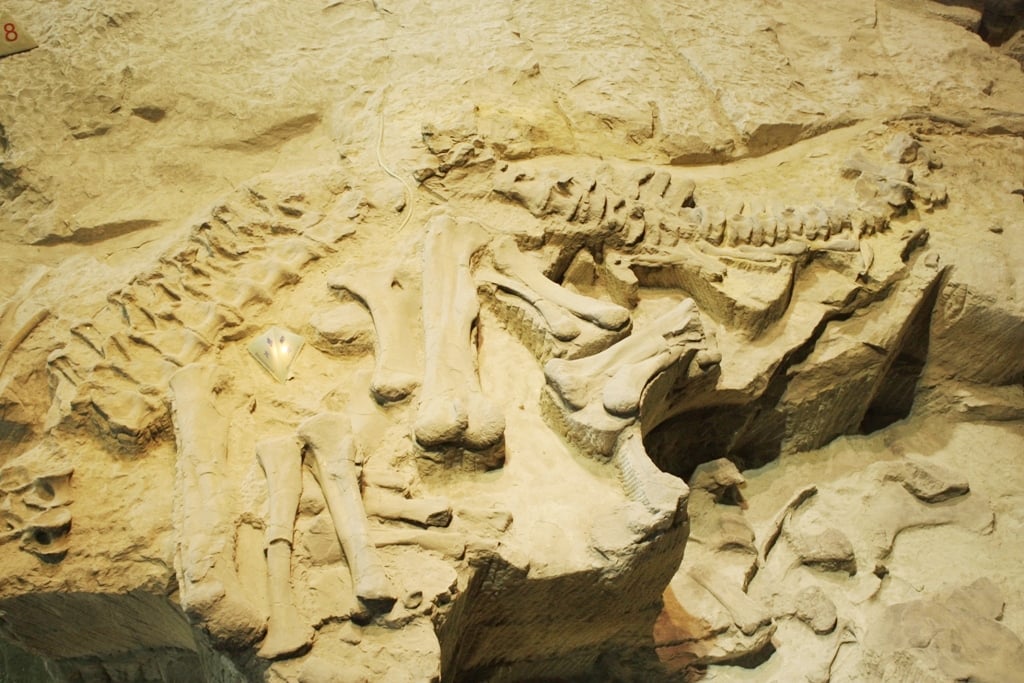Heavy rains in the southern state of Rio Grande do Sul, Brazil, have led to an extraordinary discovery that had been hidden for millions of years. A team, led by paleontologist Rodrigo Temp Müller from the Federal University of Santa Maria, unearthed an almost complete fossilized dinosaur skeleton.
According to the Associated Press (AP), the specimen is believed to be one of the world’s oldest dinosaurs, dating back 233 million years. The remains were found near a reservoir in the municipality of São João do Polêsine, Rio Grande do Sul.
Müller expressed to AP that the discovery was unexpected for the study team. However, the findings have yet to undergo peer review or be published in a journal.
This dinosaur lived during the Triassic period, which spanned from 252 to 201 million years ago when all continents were merged into the supercontinent Pangea.
In just four days, the team meticulously excavated the site, extracting a block of rock containing the entire skeleton, which was then transported to the lab for further analysis.
Based on the fossils, the dinosaur likely measured around 2.5 meters (8.2 feet) long. Müller shared with AP that what initially appeared to be a few isolated bones turned out to be an almost complete skeleton as they continued to uncover the material.
The Brazilian researchers believe the dinosaur belongs to the Herrerasauridae family, which includes early apex theropod carnivores from the Triassic period. The remarkably well-preserved fossilized remains may be the second-most complete Herrerasauridae skeleton ever found.
Herrerasauridae is one of the earliest dinosaur families identified, dominating parts of what is now Brazil and Argentina. They were top predators in their ecosystem and went extinct towards the end of the Triassic period.
This discovery is not the first significant find by Müller’s team in the region. In 2019, they announced the discovery of another meat-eating dinosaur from the Triassic period near Santa Maria, Rio Grande do Sul. This 2019 discovery, named Gnathovorax cabreirai, also belonged to the Herrerasauridae family and lived around 233 million years ago, like the newly discovered specimen.
The new find could help bridge the evolutionary gap between early Triassic predators and later, more well-known theropods such as Tyrannosaurus Rex. Both Gnathovorax cabreirai and the new specimen existed tens of millions of years before these giants.
The Triassic period was crucial in setting the stage for the dominance of dinosaurs in the Jurassic and beyond. It was a time of recovery after a massive extinction event, accompanied by the emergence of new and diverse life forms.
Over the next few months, the team will conduct an in-depth analysis to determine whether the fossil represents a new species or belongs to an already identified one.
According to AP, rain can sometimes aid in exposing fossils by washing away sediment layers that have buried the remains for millions of years. This process, known as weathering, can help bring fossils closer to the surface, making them more likely to be discovered. However, it can also damage or destroy them if they are not recovered quickly.


